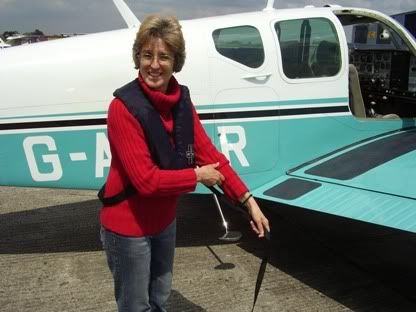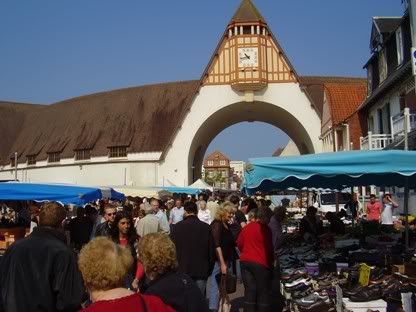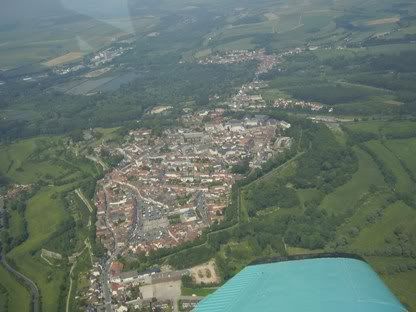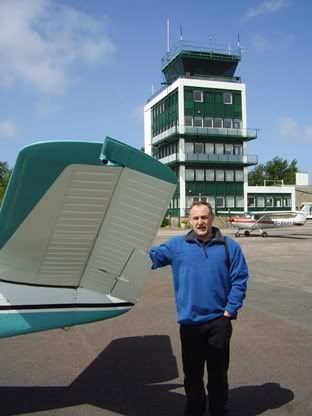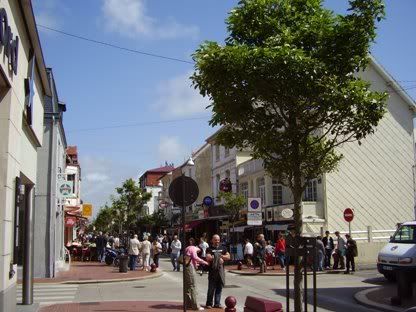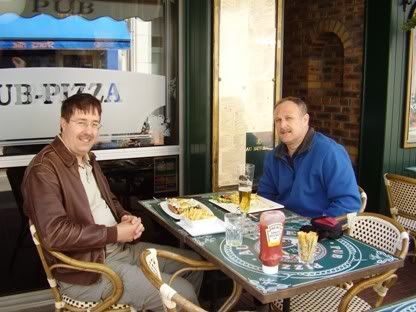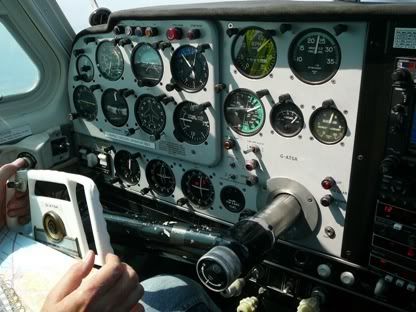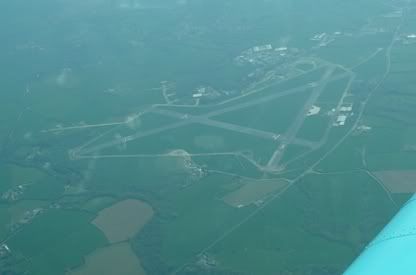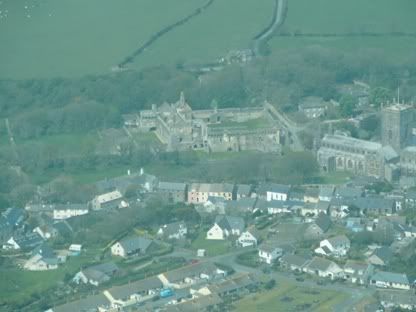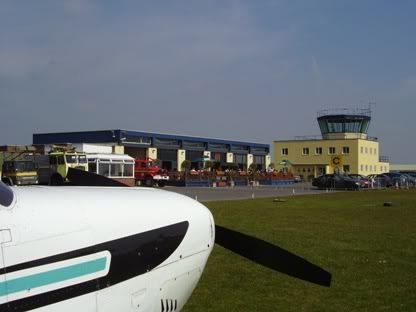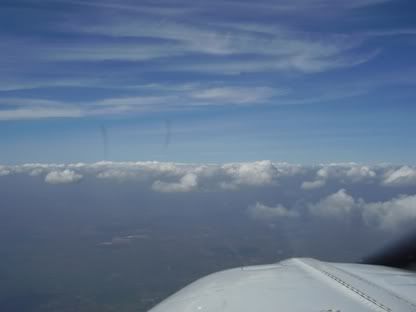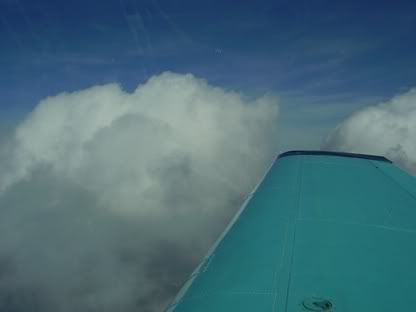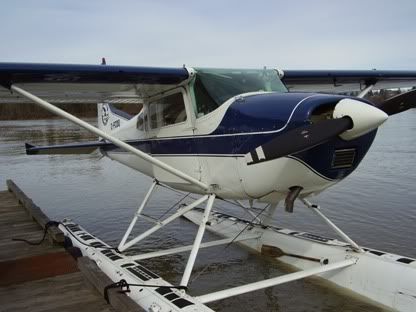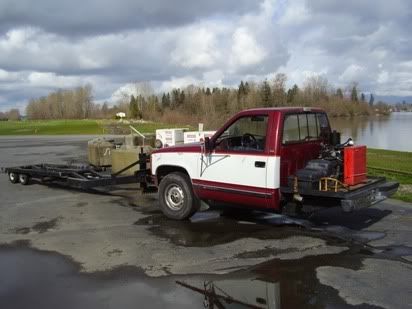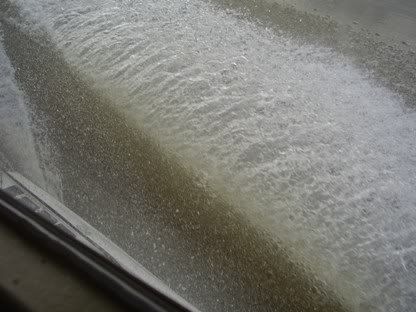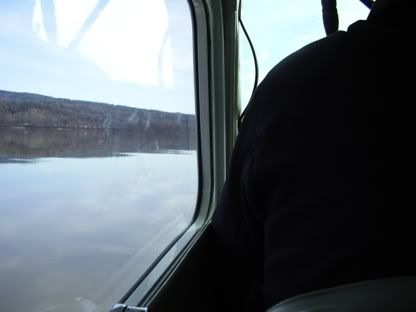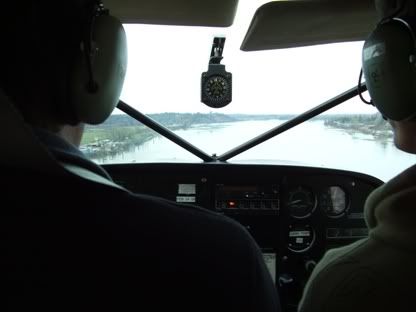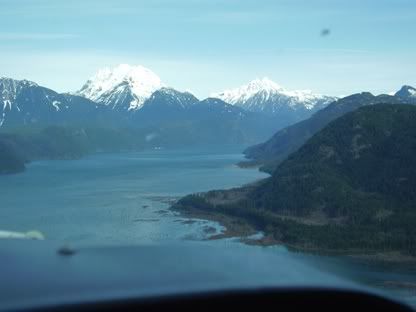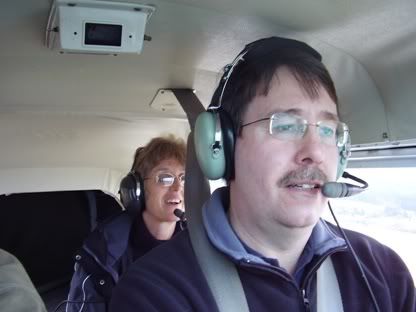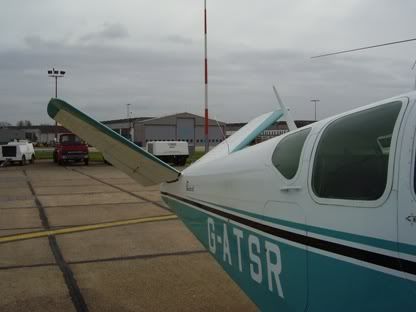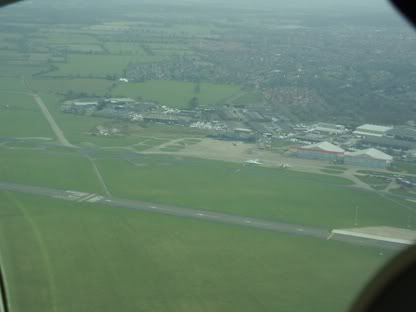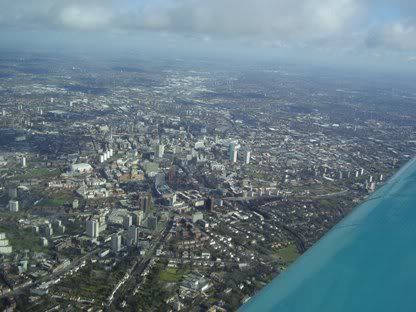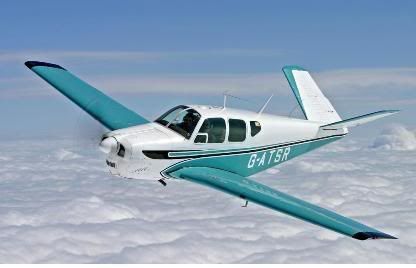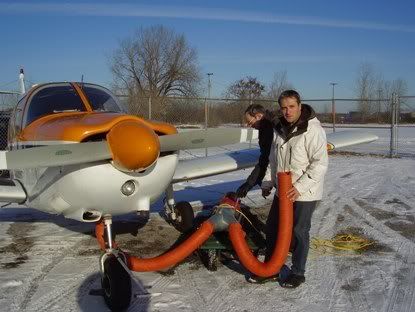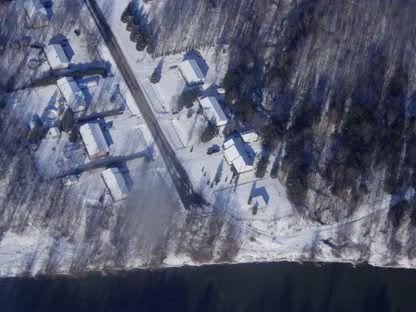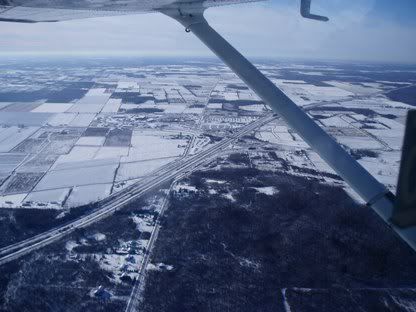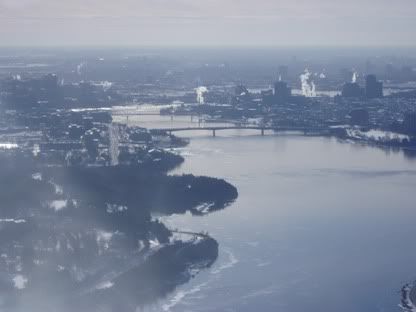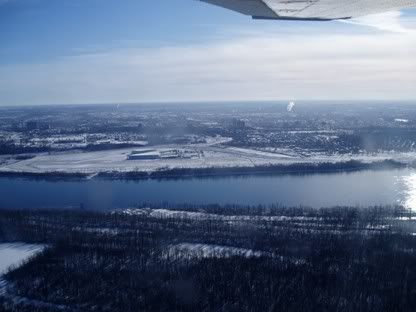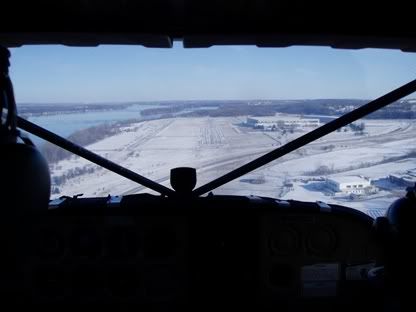2005 even though we only had to get across the ridge from Gloucester the Kemble, we were weathered in with the cloudbase sat on the ridge. My passengers gave up about lunchtime, but I persevered and as the clouds lifted slightly, I made a bolt for it over the ridge and made it Kemble by myself.
2006 I had to cancel with only a weeks notice as the aircraft (not my current share) went ‘tech’ and had a cylinder replaced.
Third time lucky you might think? Not a bit of it! All week, the Metoffice were forecasting solid and heavy rain on Saturday – they even issued a severe weather warning for the risk of flooding! Of course like most UK pilots with a few hours on the clock, I knew anything could happen. The front may come quicker, more slowly, veer north or be far less active than forecast – bottom line is the only forecast worth looking at is the one the night before and even then, the Mk 1 ‘stick your head out of the window’ on the day of the flight may make matter quite different from forecast.
I called my three passengers on the Thursday before, they had been anxiously watching the forecasts as well! I said turn up on the day as I would be happy to ‘scud run’ the relatively short distance to Bruntingthorpe and even if that was out, I would drive them by car.
The day dawned and I awoke to hear the ominous patter of rain on the roof. A look outside showed light to moderate rain and low cloud just barely clearing the Cotswold ridge at Bishops Cleeve – so my guess was 1000’ or so. Never mind, you never know.
I turned up at the airfield and checked the plane. As I was doing so, Steven (a fellow Flyer Forumite) turned up outside the hangar in his car (airside pass huh Steven – who do you know??) and was pessimistic about the chances. We agreed to meet at the café to check the forecasts on his laptop.
The weather looked pretty bad. Not much of a wind, just a low cloudbase, probably 1200’ by now and starting to get better defined.
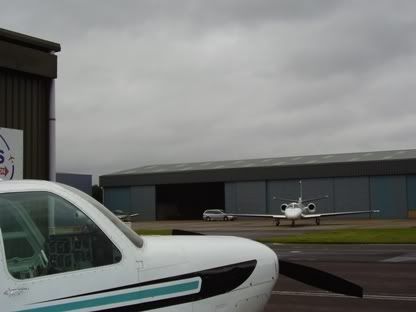
We checked the forecasts and it looked like the front was coming in from the west, so it was forecast to get worse in the afternoon – nearby TAF’s showing PROB40 of heavy rain, 300’ cloudbase and 3000m visibility sealed it for both of us. I would have been OK to try either a scud run over to Bruntingthorpe or IMC to Coventry with a let down there and a scud run from there, I was not happy with an IMC approach to Gloucester with the risk of cloudbreaks below my personal 500’ minimum.
We broke the news to the vets. They took it well. Both Steven and I offered to drive our respective passengers to Bruntingthorpe, his accepts, but mine declined – while I am sure they would have enjoyed the reunion, they were really there for the flight bless them!
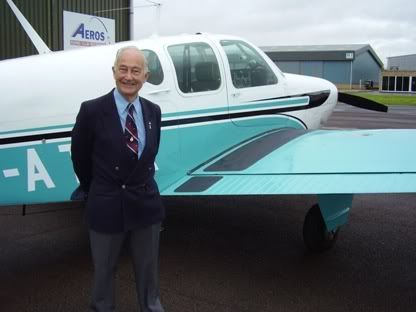
I offered a circuit or maybe a local if we could find one of the holes in the really low stuff and they accepted.
I briefed them on the plane, emergency procedures and how to climb on board. I felt vaguely patronising briefing people that had flown Harvards, Tiger Moths, Sunderlands etc. but I didn’t want them to accidentally step somewhere they shouldn’t.
They clambered in with two navigators in the back and a veteran pilot in the front. As I started up, their eyes were everywhere! Looking carefully at the gauges and readings and watched and listened attentively to my mumbled but methodical progress through the written checklist (yes, I know many people think it isn’t butch or hairy-*rsed to use a written checklist, but I don’t care, it’s what I do!).
There was only one other aircraft in the area (doing bad weather circuits) so of course I managed to get held waiting for him to land. I am cleared to line up on 18 as soon as he has passed and then cleared for take off. This would be my first flight ‘four-up’ in the Beech, so I take extra care with airspeed and rotate. I needn’t really have worried, she still accelerated and climbed well.
I take the right turn-out and climb to 1000’ before we ‘bump our heads’ on the cloudbase, which is indeed right there. Set for the cruise, I head north at 140 kts. Lots of flooding below in the Severn valley. I quickly lose sight of the airfield and the limited view and horizon at 1000’ at 140kts can leave you ‘location challenged’. A quick look at the ADF / DME (not to mention the GPS) reassures me. I can’t find any openings in this lower layer and don’t fancy IMC. Shame really, it is probably an ideal day for IMC training, with a sensible cloudbase for now, but not today without pre-planning and with a full load of passengers.
I skulk over towards Bishops Cleeve hoping for better luck. None of it. I am forced down to 900’ as I head towards the ridge. So I crank in a steep-ish turn for the hell of it and decide to head for home.
Gloucester give me a direct to left base join for 18 – there being no other aircraft in the area (are they trying to tell me something?). I drop the gear and slow down before lowering some flaps. The approach is good. Dropping a bit low, so add some power to get back on slope. Got the speed at 80kts. Final checks and full flaps. Over the hedge. About to start the roundout – power off. Hold-off and off, nose up, try hard not to land. The wheels touch briefly before the stall, nose up more, squeak of the stall and down for good. Vacate and clean up.
I taxi in and shutdown. I apologise to the vets for the short flight, but they genuinely seem to understand and are grateful for the flight.
We go for a consolation cup of tea in the café and they graciously present me with a bottle of scotch for the effort. I try to refuse, but they are not having it.
What a great and interesting bunch of guys. I feel terrible for them and I personally really wanted to get to Bruntingthorpe as I haven’t been there yet and the airfield is rarely open to visiting aircraft. But sometimes you just have to be strong enough to decide not to fly and not feel pressured into it.
Maybe next year – fourth time lucky anyone?
